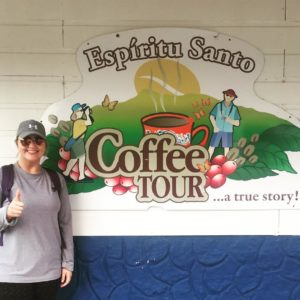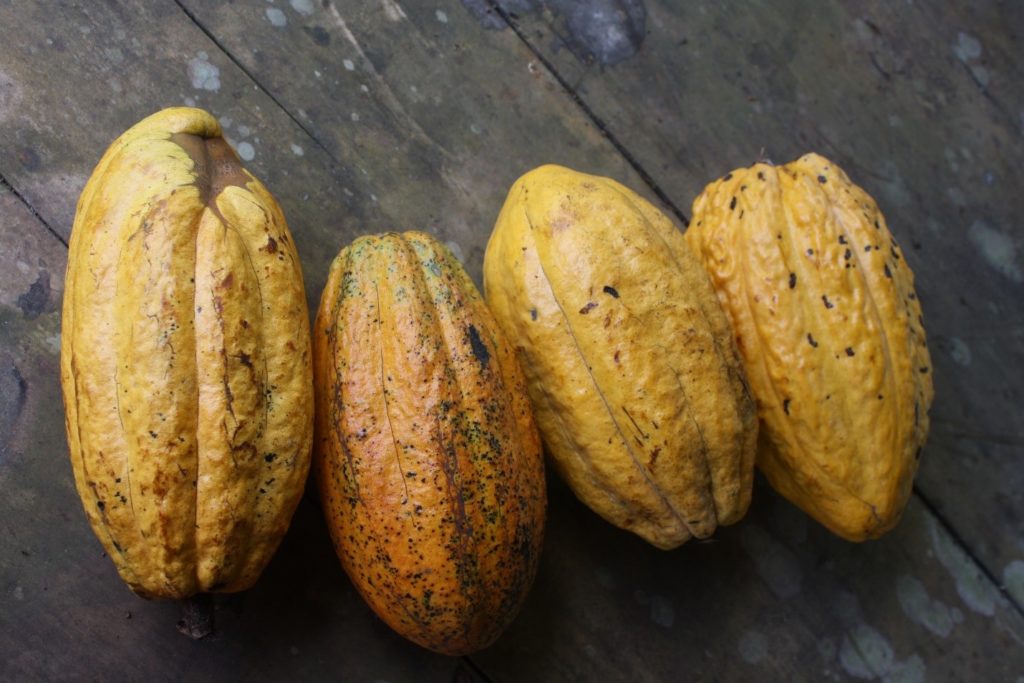According to Culture in Development, cultural heritage is “an expression of the ways of living developed by a community and passed on from generation to generation, including customs, practices, places, objects, artistic expressions and values.” My cultural heritage is unique to me as yours is to you. I recently visited Costa Rica, a country with its own unique cultural heritage. As more tourists arrive, could Costa Rica be losing part of its culture?
Costa Rica is in Central America. Christopher Columbus discovered it while making his final voyage to the new world on September 18, 1502. Thereafter, the country gained the name of Costa Rica, meaning Rich Coast, by Spaniard Gil Gonzales. At the time of discovery there were four major indigenous tribes occupying Costa Rica: Caribs, Borucas, Chibchas, and Diquis. Costa Rica’s national language is Spanish and their national religion is Roman Catholic. A common dish, Gallo Pinto, consists mostly of rice and beans. Most meals were served with fresh fruit such as plantain, bananas, starfruit, or cacao.
Costa Rica is home to an estimated 4.5M people. Many from the United States, Canada, Australia, Scandinavia, Germany and other European countries now call Costa Rica home. With this much immigration, I can’t help but think that non-natives are forcing Ticos, those native to Costa Rica, to assimilate to other, more commercialized, ways of living. With more English-speaking citizens, I infer that Costa Rica may be losing its native language.

While in Costa Rica, I toured a coffee farm at Espiritu Santo and even had the opportunity to pick coffee beans.
Historically, Costa Rica’s most profitable economic sector has been agriculture, until tourism surpassed it in 1999; it’s now the second most profitable sector. “Tourism earns more foreign exchange than bananas, pineapples, and coffee exports combined.”
According to The Tico Times, the country received a record 2.66 million tourists in 2015, which generated around $1.7B US dollars. It is easy to see why Costa Ricans are transforming their farms into ecotourism destinations, such as the Finca Don Juan Organic Farm in La Fortuna and the Arenal Eco Zoo in El Castillo.
I got a peak into Costa Rica’s cultural heritage through visits with local farmers. I also experienced Costa Rica’s commercialized, tourism industry, which is becoming more common. I understand there is cultural loss because of profit motives in tourism. At what point will Costa Ricans decide to go back to life as their forefathers lived? I do not now and may never know the answer, but Costa Rica’s cultural heritage is unique. My hope is that many are able to experience it as I did.

Leave a Reply